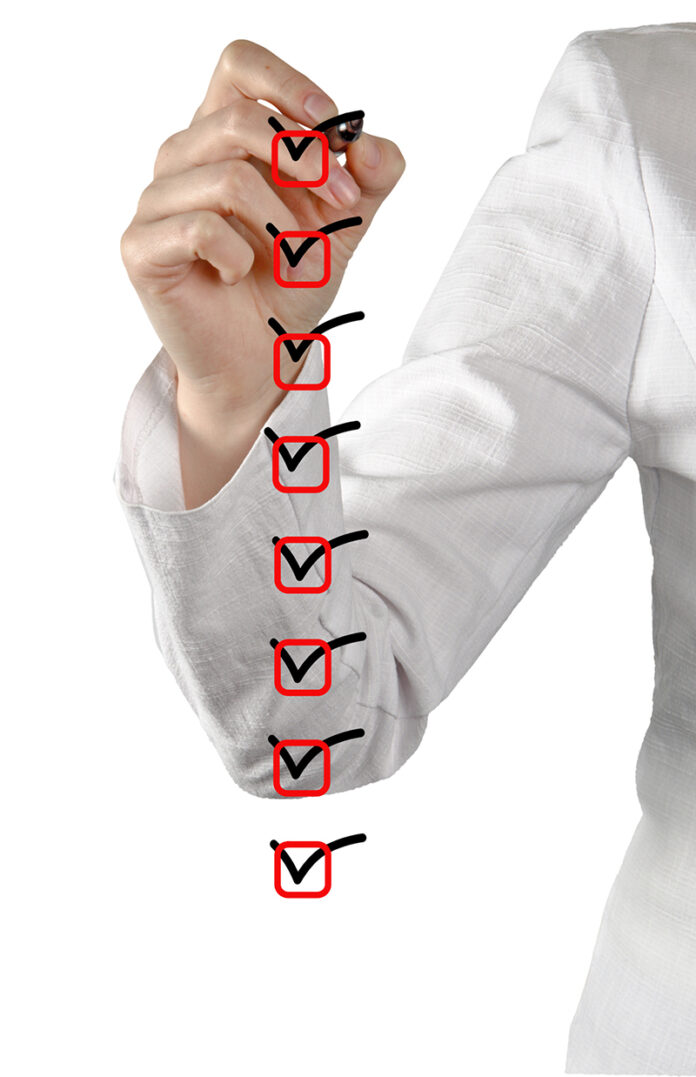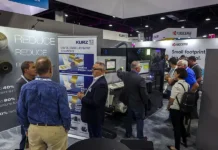by John Kaverman, Pad Print Pros, LLC
Recently, I’ve been in two different companies to install new equipment systems and to train their operators. Neither of the companies was prepared for either the installation or the training. Unfortunately, this happens all of the time.
Many companies fail to adequately prepare to receive a new piece of equipment or schedule dedicated personnel and time for training. As a result, valuable training time is lost, and the training is not as successful as it otherwise could (and should) have been. There are simple things that can be done to help maximize installation and training time.
Environment: The environment should be clean, organized and, ideally, climate-controlled and properly ventilated.
At a minimum, the room or area where the machine will be installed should be cleared of clutter and swept. Paying me to come in to the plant and push a broom doesn’t make sense. As a “clean freak,” I don’t mind pushing a broom, and I certainly don’t think the task is below me. However, there are better uses of my time.
Any process works best in a controlled environment. Even if the facility doesn’t have an air-conditioned space, the negative effects of variations in temperature and relative humidity can be minimized by keeping the machine out of thoroughfares (where dust and dirt are stirred up by constant traffic, and rubber-necking personnel cause distractions) and away from outside walls and areas where drafts are common (overhead doors, beneath heat ducts, etc.).
Utilities: The correct power and, if necessary, compressed air need to be available.
Even though my quotes specify the correct power requirements for the equipment being installed, many companies fail to ensure that the correct power is available until I show up. As a result, I lose half a day of training time running to the nearest Builder’s Square or Grainger store to pick up the correct plug or parts.
Check with the equipment supplier to ensure the correct receptacle is on hand simply by taking a digital photo of the receptacle and messaging or emailing it to them. If the supplier ships without a plug installed (as some manufacturers do), coordinate ahead of time to ensure that the right plug is available to wire the machine in once it arrives.
Tools: The correct wrenches, screwdrivers, screws, nuts, bolts, etc. should be available.
If the installing technician is bringing his or her own tools, go out and buy whatever he or she uses while the technician is on site. That way, the installing technician can evaluate the tools on hand and point out anything that will be needed once the install is complete.
People and Time: Dedicate the right personnel and adequate time for training.
Too often it is unclear which personnel are supposed to be trained and when. If the facility is new to the process and/or has a manufacturer that provides training in its facility, it typically is a good idea to go to the manufacturer’s facility rather than having the technician visit for the initial training. This is true for two reasons.
The manufacturer has all of the “stuff” necessary on hand. The tools, supplies and facilities are available to maximize training time. No time is lost running all over the shop or visiting the nearest hardware store to purchase the supplies mentioned in this article. The operators receiving training can focus on the instruction without being constantly distracted with the “normal” requirements of their jobs.
Not everyone has to be included in training at the manufacturer’s facility. In any organization, someone has to be willing to accept responsibility for the success of the department. Someone has to “take ownership.” That person is the one who needs to attend training at the manufacturer’s facility.
Maintenance personnel don’t need to visit the manufacturer for training unless complicated automation is being purchased. They can be trained in conjunction with the installation.
If only in-house training is available, limit the number of people being trained to no more than four per shift. Beyond that, a trainer cannot adequately interface with the operators to give them enough one-on-one, hands-on time to become comfortable.
If dedicated operators aren’t already in place, choose people who have exhibited the ability to follow directions and are conscientious. In initial training, personnel need to be able to focus and follow directions. Later, once they’ve gained enough machine time to become proficient, they may revise the trainer’s process to work within their own shop. That’s fine. I realize that my methodology isn’t right for everyone… and, as long as shop personnel can revise the process in a logical manner, document the revisions and teach someone else to perform them, revisions won’t result in bad habits that negatively impact efficiency and productivity.
John Kaverman has a degree in printing technology and decades of experience in process, applications and pad printing systems engineering. He has written extensively for Plastics Decorating and other industry-related publications and organizations and has authored two books on the pad printing process. Kaverman is the head of Pad Print Pros and can be reached at 517.467.5340 or www.padprintpros.com.
Installation and Training Checklist
Maximize the effectiveness of machine installation and training with this checklist.
Environment
- __ Adequately sized
- __ Clean
- __ Organized
- __ Ventilated
Utilities
- __ Power (voltage, phase, plug configuration)
- __ Air (regulators, hoses, fittings)
Tools
- __ Allen/hex wrenches
- __ Screwdrivers or drill
- __ Pliers
- __ Vice-grips
People and Time
- __ Initial training at manufacturer
- __ In-house training
- __ Ownership of the process/correct personnel
- __ Dedicated time/distraction-free





